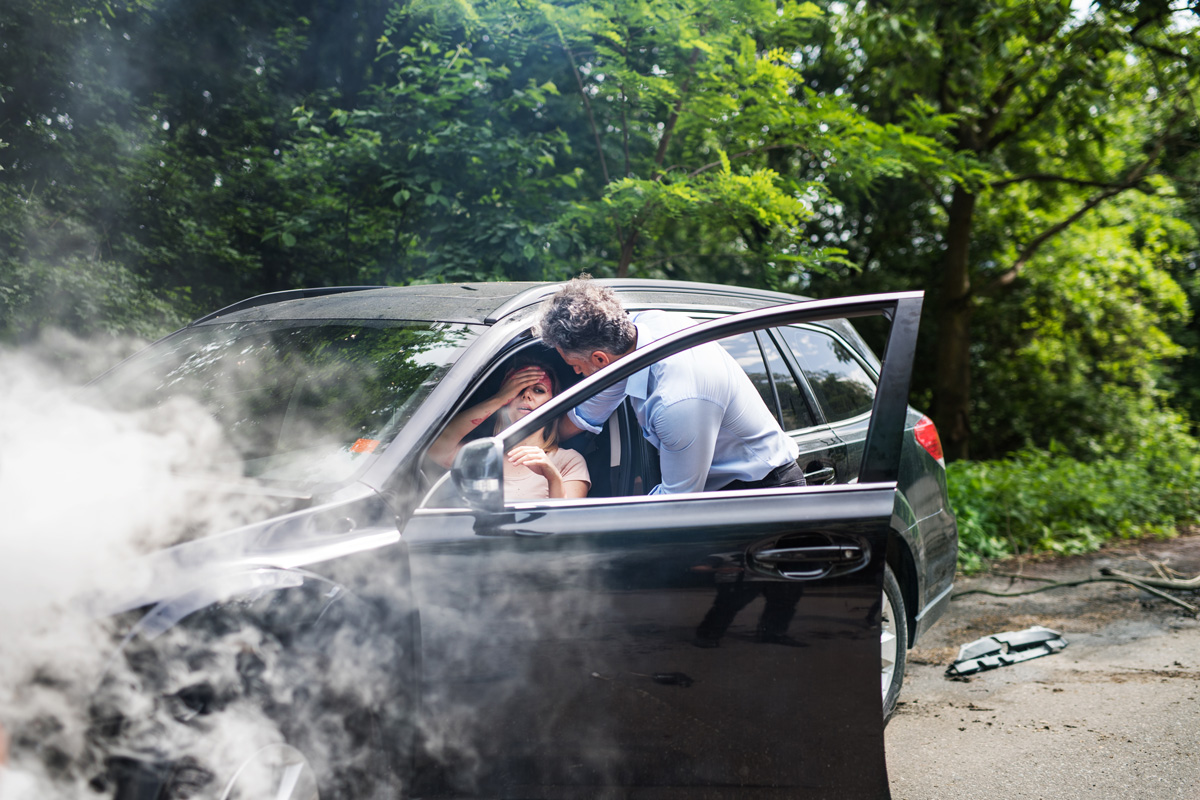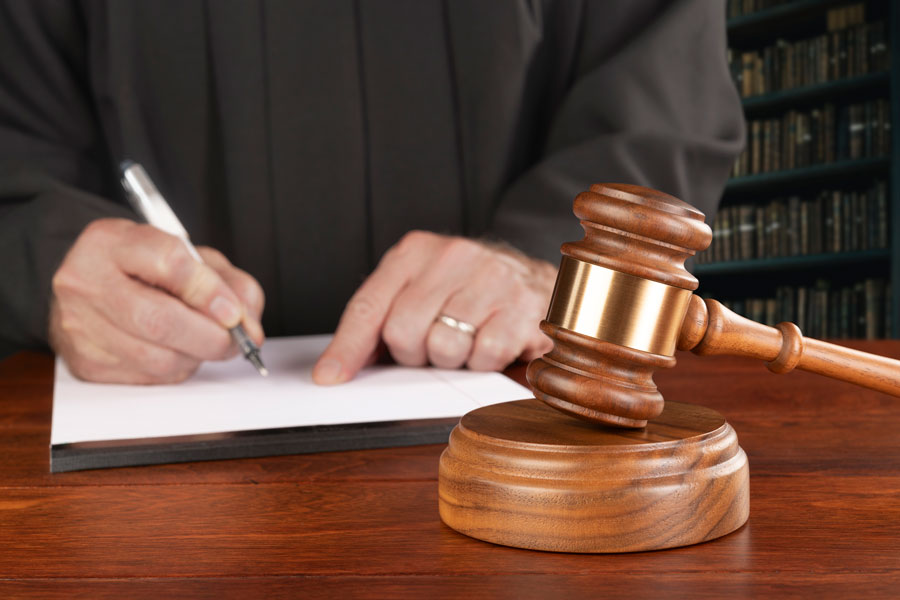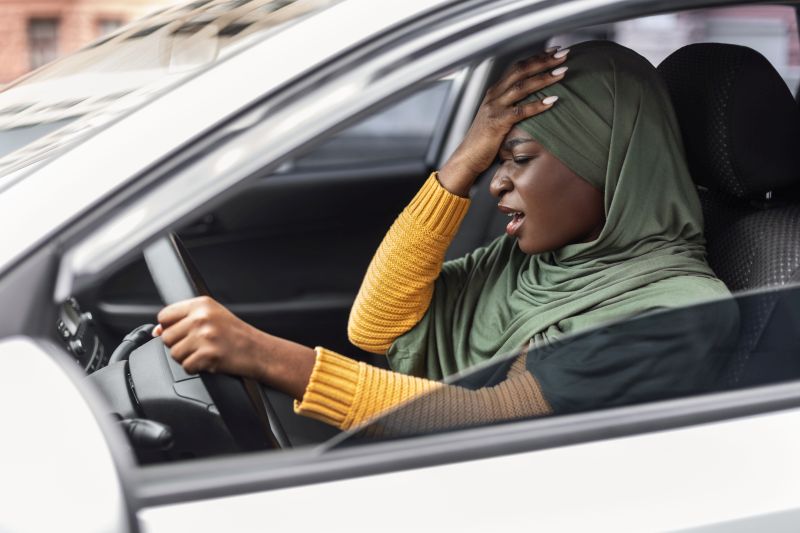Who Pays the Bills? Detailed overview of how your personal injury settlements are distributed. A…

Common Injuries from Car Accidents
Most Common Injuries from Car Wrecks in WA
Washington State’s death rate is lower than the national rate, according to Washington State Data. Our state has seen consistent declines since 1995 and continue to strive for less deaths overall. Target Zero is Washington’s Strategic Highway Safety Plan designed to prevent motor vehicle collisions by studying the human behavior and change the behavior of the driver to decrease the fatalities on the road.
Car accidents can happen in a blink of an eye. In most cases, a motor vehicle collision is unintentional, but could be avoidable depending on the driver and defendant’s behavior prior to the accident. Negligence is the leading cause of car accidents, unexpected death, and/ or major trauma. There are endless types of injuries resulting from a collision. Here are 7 Steps to Take If You Are Involved in An Auto Accident.
In Washington State of 2020, there were 86,237 car accidents and 523 fatalities. The danger of motor vehicle accident remains high. 2,080 people had serious injuries that were life threatening. 5,272 people were drunk when they crashed. In addition, 11,752 were teenagers and 11,739 were distracted by landmarks, weather, doing makeup, consuming food, and texting. These were the most common distractions that caused a collision. Learn more about dealing with an auto accident in Washington State.
According to The National Highway Traffic Safety Administration, rear-end collisions are the number 1 reason for car accidents in the United States. Depending on the impact, whiplash, and position at the time of the collision, the injuries and property damage can be detrimental. In one day in the US, there are over 90 deaths because of motor vehicle accidents. The injuries can vary from a broken bone that will heal over time, to serious injuries that leads to a wrongful death.
Who can be Injured by a Motor Vehicle Accident?
- Drivers
- Passengers
- Motorcyclists
- Pedestrians
- Cyclists
Car Accident Trends in Washington State
Car accidents have been declining overall in Washington State the past few years. Interestingly, Covid-19 didn’t slow down the number of car accident injuries or death. The number of fatal crashes actually increased in 2020 as reported by WSDOT.
| Year | Total Crashes | Fatal | Serious Injury | Drunk Driver | Teen Driver | Distracted Driving | Pedestrian or Bicycle |
|---|---|---|---|---|---|---|---|
| 2014 | 107,683 | 431 | 1,697 | 6,335 | 15,753 | 10,964 | 3,469 |
| 2015 | 117,079 | 498 | 1,767 | 6,649 | 17,571 | 11,791 | 3,624 |
| 2016 | 122,396 | 513 | 1,898 | 6,930 | 18,045 | 12,326 | 3,681 |
| 2017 | 121,118 | 534 | 1,923 | 8,197 | 17,414 | 11,506 | 3,431 |
| 2018 | 116,044 | 492 | 1,938 | 7,965 | 16,474 | 10,928 | 3,717 |
| 2019 | 111,449 | 507 | 1,942 | 7,381 | 15,382 | 10,449 | 3,418 |
| 2020 | 86,237 | 523 | 2,080 | 8,144 | 11,752 | 11,739 | 2,383 |
Dealing with Auto Accident Injuries in Washington State
In Washington State, and other tort states, medical coverage will only pay once fault is determined. There are obstacles before receiving the final settlement that may slow the negotiations. However, it is important to dispute any issue that arises in the legal process of gathering important details necessary for your case. Learn more about Dealing with an Auto Accident in Washington State.
Common Type of Injuries from a Car Accident
A car collision can cause serious injuries to nearly any part of the body. It is important to take note of everything that happens in a car accident, both physical, emotional, and material damages as they are important evidence in your personal injury case. The following are the most common injuries suffered by motor vehicle accident victims.
Traumatic Brain Injuries (TBI)
TBI occurs when the brain is damaged by a blow or a piercing injury to the head. Unfortunately, car accidents are a primary cause of TBI and claims the lives of 50,000 individuals each year, with another 80,000 to 90,000 suffering from long-term disability.
Spinal Cord Injuries and Paralysis (Quadriplegia/Tetraplegia and Paraplegia)
The impact of a crash and the torque on the body can cause chronic impairments from spinal cord injuries. The damage to a vital spinal cord can cause paralysis below the level of damage, which can be partial or complete.
Back Injuries
The human body and spine are not intended to withstand the force of a car collision, and as a result, are highly susceptible to major and severe back injuries. The pain may be delayed once the adrenaline settles but can have long-term pain and impairment depending on the pain level of the injury.
Burns
Burns could result from a car accident if the collision caused fire or if the skin touched hot fluids, surfaces, steam, and/or chemicals. Serious burns may require emergency surgery and skin grafting.
Internal Injuries
A car crash may cause flying debris or other sharp objects to puncture the driver or passenger. Pierced internal organs can cause internal bleeding or life-threatening injuries that need immediate medical attention.
Fractures and Broken Bones
Severity of the broken bones from car accidents can range from an individual break, treated by a cast, to compound fractures that may necessitate surgery. Broken legs, arms, ankles, ribs, and wrists are common broken bones. Some car accidents can be drastic enough to shatter a pelvis. Treatment varies from severity of the broken bone.
Disfiguring Facial Injuries and Scars
Broken glass or impact from surrounding hard surfaces like a steering wheel, dash, windshield, airbag, side window, or car seat can result in facial injuries and disfigurement, which may need surgical treatment and leave permanent scars on the victim.
Limb Loss and Amputation
In a car accident, an arm, leg, finger, toe, or other appendage can be amputated or damaged. Treatment may include surgical amputation and might leave the victim permanently disabled.
Neck Injuries and Whiplash
Whiplash is a term used to describe muscle, ligament, and tendon injuries. In a car collision, cervical discomfort due to a strong impact to the soft tissue of the neck is considered whiplash from the accident. Whiplash can occur at speeds as low as 15 mph. The level of cervical damage does not depend on the driver wearing a seatbelt. Extreme disk injury and cervical dislocation can result from intense whiplash.
Knee Injuries
Knees can be hurt if twisted or turned abruptly after an accident when they collide with any portion of the vehicle. The meniscus and/or cartilage in the knee can rupture and cause long-term or permanent pain.
Foot and Ankle Injuries
The ankles, feet, and toes can be strained, sprained, and fractured. In serious cases, feet and toes may be severed.
Shoulder Injuries
The impact of the collision puts excessive force on the shoulders, which are locked in place by bracing the hands on the steering wheel or dashboard in a motor vehicle accident. Forced absorption because of the accident, is likely to cause serious shoulder injuries.
Wrist and Hand Injuries
Distal Radius fractures, also known as broken wrists, are very common in motor vehicle collision. Treatment for this type of injury may require surgery, depending on the severity of the fracture.
Lacerations, Bruises, and “Road Rash”
Lacerations can be caused by broken glass, shredded sheet metal, or flying projectiles cutting the skin. Bruises, which are discoloration of the skin with pain and swelling, are cause by the body colliding with an object, or vice versa. Abrasions, also known as “road rash,” are generated by friction from dragging or skidding on pavement or concrete.
Crush Injuries
Crush injuries can happen to any part of the body caught between two items that are pressing together under pressure. The injuries can consist of bruises or minor cuts. They can also be life-threatening and cause significant damages to tissue, organs, muscles, and bones.
Soft Tissue Injuries
Soft tissue injuries, such as sprains, strains, bruises, and other injury to the muscles, tendons, and ligaments, are prevalent in automobile accidents. This type of injury can be excruciatingly painful and long-term.
Post-Traumatic Stress Disorder
Post-Traumatic Stress Disorder can happen to anyone. Victims experience physical, mental, and emotional suffering after a motor vehicle accident, which can be traumatizing. Activities that used to be routine may become triggers and even impossible. Mental health treatment and therapy can help treat PTSD.



